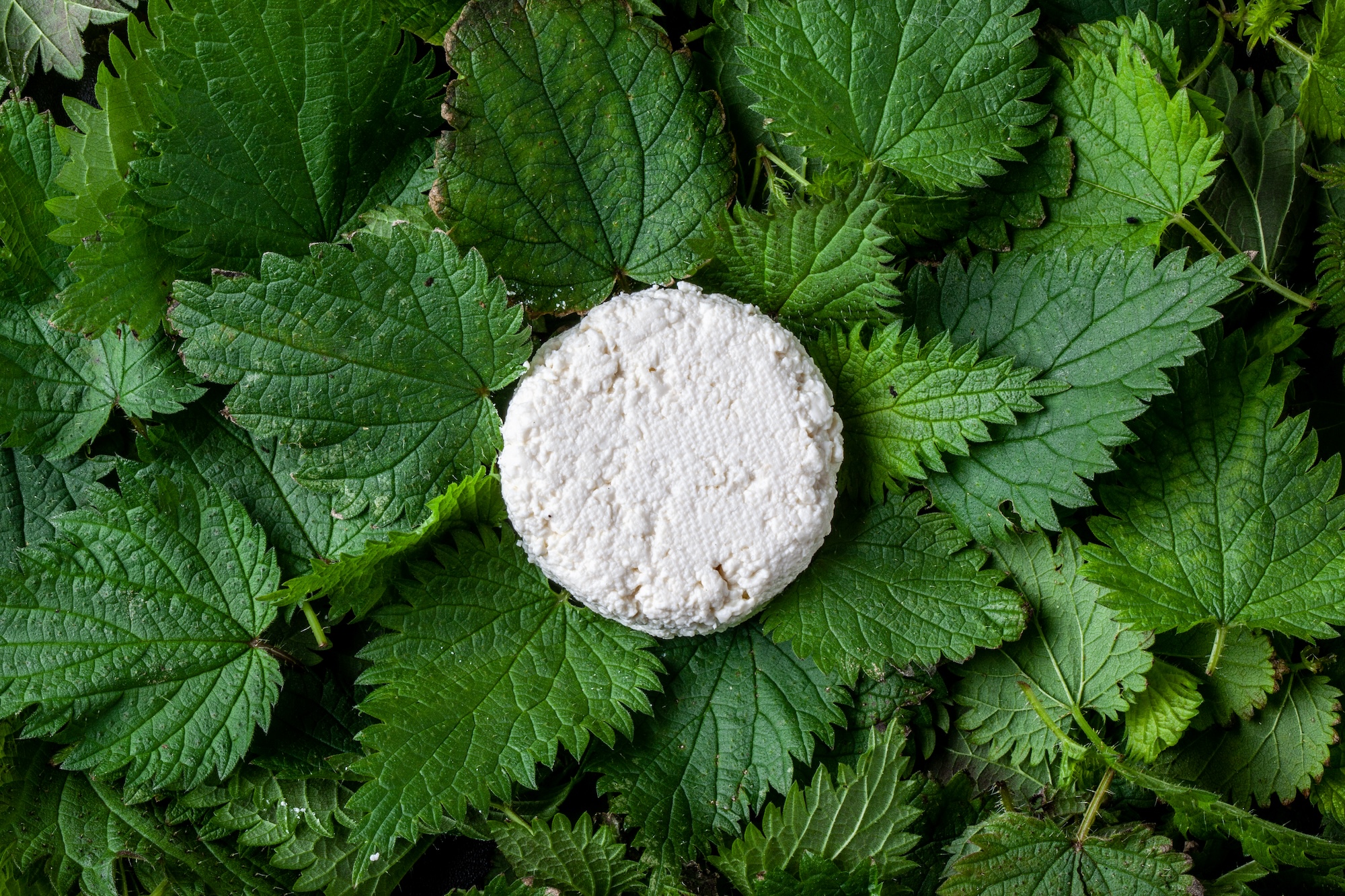Beyond Borders: How Chefs Are Redefining Culinary Identity
In June, the Chefs Community for Innovation turned its lens toward one of the most layered and culturally resonant ideas in contemporary gastronomy: food diaspora. As always, the full reflections and resources are reserved for members of the community, but here’s a curated look into what was explored.
Food Diaspora: When Ingredients Travel, Stories Emerge
The newsletter opened with a definition: food diaspora is not simply the migration of ingredients or recipes. It represents transformation through displacement. When ingredients and techniques journey from one context to another, they don’t just arrive – they adapt, dialogue, and evolve into something new.
As one insight from a focus group noted, «Food diaspora is not A + B = A or B. It becomes C.»
The community explored how cultural memory, sustainability, and innovation intersect in diasporic dishes – and how chefs can act as both storytellers and interpreters of culinary identity.
A Liquid Narrative: Bridging Sake and Jerez
The heart of this month’s exploration was a research project led by Master’s students in Gastronomic Sciences at Basque Culinary Center. Their goal: create a new beverage rooted in fermentation, one that merges techniques from Japanese sake and Spanish Jerez.
The result was a cross-cultural drink developed in three stages:
- Koji and Amazake Production: Rice inoculated with koji was blended with grape must, yielding a sweet, enzyme-rich base.
- Alcoholic Fermentation: Using wine yeast under carefully controlled conditions, fermentation produced a beverage with 9.5% alcohol.
- Biological Aging: Flor yeast from Jerez was introduced, though its development was partially inhibited by the amazake’s sugar content. Further R&D is planned.
Two prototypes were evaluated by chefs and researchers. One, aged under flor, was noted for its complexity and balance – «lambic-like,» with umami and floral notes. The other, freshly fermented, offered a more volatile profile with earthy aromas. Both were seen as promising, especially for use in natural wine bars and fine dining.
More Than a Beverage: A Method for Rethinking Identity
The process of developing this beverage reflected a broader idea: fermentation as a tool for cultural synthesis and storytelling. It showed how traditions from different parts of the world can meet not to replicate, but to invent.
The edition also featured a scientific spotlight on how culinary innovation is judged in haute cuisine – not just by taste, but by its perceived legitimacy. This was particularly relevant in the context of diaspora, where new creations must often «prove themselves» in multiple cultural contexts.
Final Thought: Diaspora as Dialogue
Food diaspora is not just a historical or nostalgic concept. It’s a living process that invites chefs to rethink borders, reframe tradition, and imagine new expressions of taste and place. As always, the full depth of this reflection stays within the community – but this public glimpse is a reminder that gastronomy continues to be one of the most powerful languages for connection.
We’ll be back soon with more perspectives from inside the Chefs Community for Innovation.







